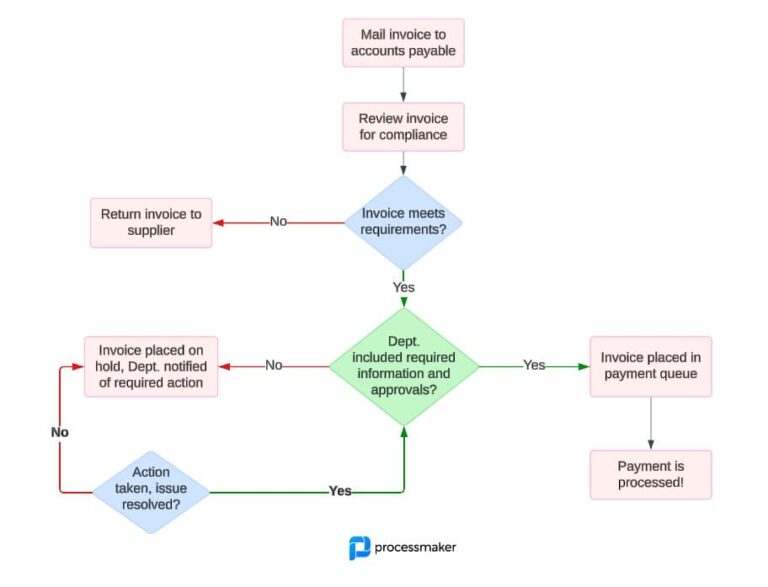Last week, ProcessMaker’s CTO, Taylor Dondich, was interviewed on BPM.com’s podcast. He called out six key trends impacting the BPM industry. This post will explore the failed promises of digital transformation and how it’s affecting the market.
The Promise of Digital Transformation
Many expected digital transformation to fundamentally change how businesses operate and deliver value to their customers by incorporating digital technology into all areas of the business. The goal was to digitize all business processes. Staff would interact with these processes via their laptops, the Web or through a plethora of mobile devices. One of the biggest problems to working today is resetting the expectations created by the over-promised digital transformation hype.
The sweeping changes that were supposed to be created by such a massive shift from manual processes to digital workflows were expected to fundamentally alter how a business operates. Prediction of cost savings, better customer satisfaction, and agility have been realized only in small pockets of most businesses.
Value Creation Conundrum
Enterprise leaders are struggling to create the value promised by their sizable investments in digital transformation. In his contributions to The Enterprisers Project, John Marcante, CIO of Vanguard, points to well-established market index statistics. “Just look at the S&P 500. In 1958, U.S. corporations remained on that index for an average of 61 years, according to the American Enterprise Foundation. By 2011, it was 18 years. Today, companies are being replaced on the S&P approximately every two weeks. Technology has driven this shift, and companies that want to succeed must understand how to merge technology with strategy.”
The shift to a digital culture requires organizations to continually challenge how employees work. Business experts assumed this new paradigm would foster experimentation, data-driven decision making and the ability to rapidly adjust. It’s uncomfortable to make this transformation.
Reality Check
Clearly, pervasive digital transformation isn’t the reality of things. Today, there are still many manual processes into which computers just don’t have visibility. Processes remain heavily dependent on paper transactions and phone calls, which still comprise a significant percentage of work done today.
IDC predicts that “Through 2019, dragged down by conflicting digital transformation imperatives, ineffective technology innovation, cloud infrastructure transition, and underfunded end-of-life core systems, 75 percent of CIOs and their enterprises will fail to meet all their digital objectives.”
Acceptance and a Path Forward
Perhaps we need to accept that a mixture of digital transformation and human interaction is integral for doing business – and we need to find ways to juggle that. This is a problem we have seen for some time and will likely continue to see. It’s important to be mindful of this reality as we adapt our strategies and technologies going forward.




